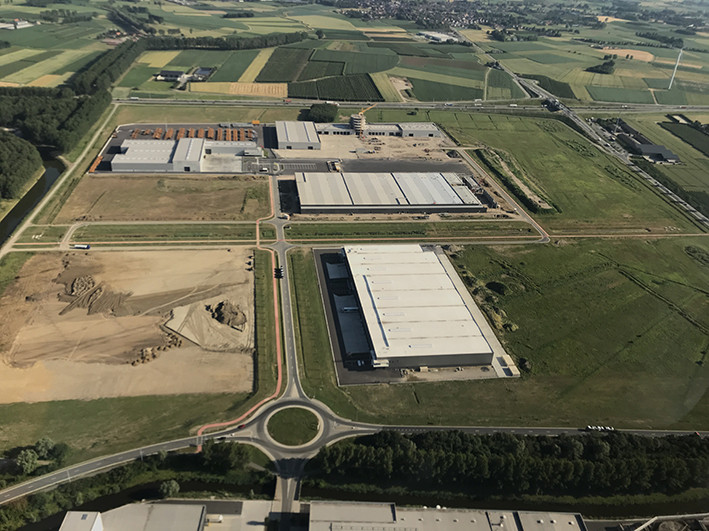Introduction
The Scheldt Left Bank Corporation (‘Maatschappij Linkerscheldeoever’, or MLSO), has been responsible for the management and land policy of the port on the left bank of the Scheldt since 1982. The port on the left bank of the Scheldt has a total surface area of 4,683 hectares. About 2,500 hectares are utilised as an industrial estate. Of course, this provides a lot of jobs. At the end of 2022, 22,086 people (FTE) worked directly for the port on the left bank of the Scheldt. The number of new jobs continues to increase due to new business investments.
Three important pillars
The Scheldt Left Bank Corporation is authorised to oversee the land policy at the port area in the left bank of the Scheldt. MLSO is the only organisation that can acquire and develop land for the port on the left bank of the Scheldt. To achieve its objectives, MLSO can purchase sites and buildings. Think, for example, of the sites that were purchased for the Waasland Logistics Park that has recently been put into use.
The industrial policy of the port on the left bank of the Scheldt covers both MLSO and Port of Antwerp-Bruges where a distinction is made between the maritime zone and the industrial zone, which is run by MLSO. To this end, MLSO grants concessions. This means that MLSO negotiates with investors and specifies the conditions for the establishment of companies. It also determines the conditions specified in the integrated environmental permits for the port on the left bank of the Scheldt.
The sites in the maritime zone purchased by MLSO that are intended for storage and trans-shipment are assigned to Port of Antwerp-Bruges.
MLSO is also responsible for formulating the subregional policy on continued development of the port on the left bank of the Scheldt. MLSO also coordinates a variety of services that work on expanding the left bank of the Scheldt area. It also promotes the interests of the port on the left bank of the Scheldt at local and higher governments. MLSO provides advice on, among other things, important issues, such as the environment and mobility.
For more information on how MLSO came about, go to History.

